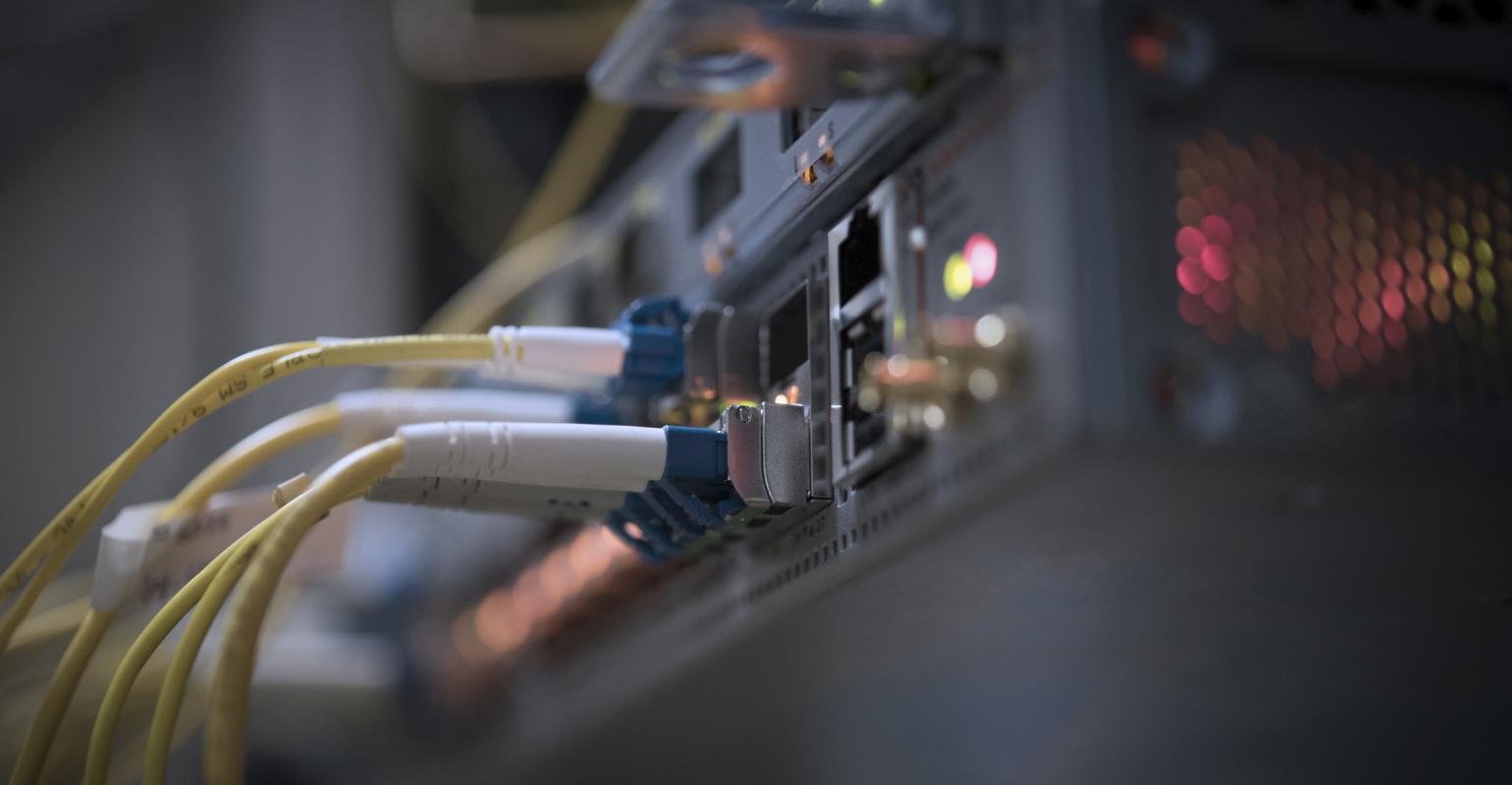In a world that is becoming more digitized, cybersecurity threats are on the rise. These threats can harm individuals and businesses alike by disrupting business operations, stealing sensitive information, and causing a lot of damage. Phishing scams, ransomware attacks, IoT threats, insider threats, cloud security risks, advanced persistent threats, malware attacks, social engineering attacks, DDoS attacks, and supply chain attacks are the top 10 cybersecurity threats to look out for in 2021. Being aware of these threats and taking appropriate measures to secure data can ensure the safety of both individuals and businesses in today’s digital world.
10 Cybersecurity Threats You Need to Watch Out for in 2021
With our world becoming increasingly digitized, cyber threats are more prevalent than ever. From data breaches to ransomware attacks, cybersecurity threats can disrupt businesses, steal sensitive information, and cause a lot of harm. Whether you’re an individual or a business, cybersecurity should be at the forefront of your mind.
1. Phishing Scams
Phishing scams have been around for a long time, and they’re not going away anytime soon. They typically involve a person receiving an email or message that appears to be from a legitimate company or organization. The message will ask the person to click on a link or enter sensitive information, such as login credentials or credit card details. The goal of these scams is to steal personal information or login credentials, which can then be used to access sensitive data.
2. Ransomware Attacks
Ransomware attacks occur when a hacker gains access to a system and encrypts all the files, demanding payment in exchange for the decryption key. These attacks can be devastating to businesses, as they can result in the loss of important data or downtime for the organization.
3. IoT Threats
The Internet of Things (IoT) has brought a new level of convenience to our lives, but it’s also brought new cybersecurity risks. IoT devices are often not properly secured, making them an easy target for hackers. These devices can be used to gain access to a network or steal sensitive information.
4. Insider Threats
Insider threats occur when an employee or contractor intentionally or accidentally exposes sensitive information or harms the company’s security systems. These threats can be difficult to detect, as the individuals are often already authorized to access certain systems or data.
5. Cloud Security Risks
As more businesses move their data and applications to the cloud, the need for cloud security has become increasingly important. Cloud providers may not provide adequate security measures, leaving organizations vulnerable to data breaches, data loss, and other security risks.
6. Advanced Persistent Threats (APTs)
APTs are long-term, targeted attacks that are designed to steal sensitive information, such as intellectual property or financial data. These attacks are often carried out by nation-states or sophisticated criminal organizations and can be difficult to detect.
7. Malware Attacks
Malware refers to any type of software specifically designed to cause harm to a computer system. This can include viruses, Trojans, and worms. Malware attacks can result in data loss or unauthorized access to sensitive information.
8. Social Engineering Attacks
Social engineering attacks are designed to trick individuals into revealing sensitive information or performing actions that could harm a company’s security systems. These attacks can take many forms, such as impersonating a trusted source or creating a sense of urgency to get the individual to act quickly.
9. DDoS Attacks
A Distributed Denial of Service (DDoS) attack is when multiple systems flood a server or network with traffic, causing it to become overwhelmed and unavailable to legitimate users. These attacks can result in downtime, data loss, and other disruptions to business operations.
10. Supply Chain Attacks
Supply chain attacks occur when a hacker gains access to a supplier’s system to gain access to the systems of their customers. This can be a particularly effective tactic, as suppliers often have access to their customers’ sensitive data and systems.
Conclusion
Cybersecurity threats are an ever-present danger in our increasingly digital world. By staying informed about the latest threats and taking steps to secure your systems and data, you can help protect yourself and your organization against these risks.
